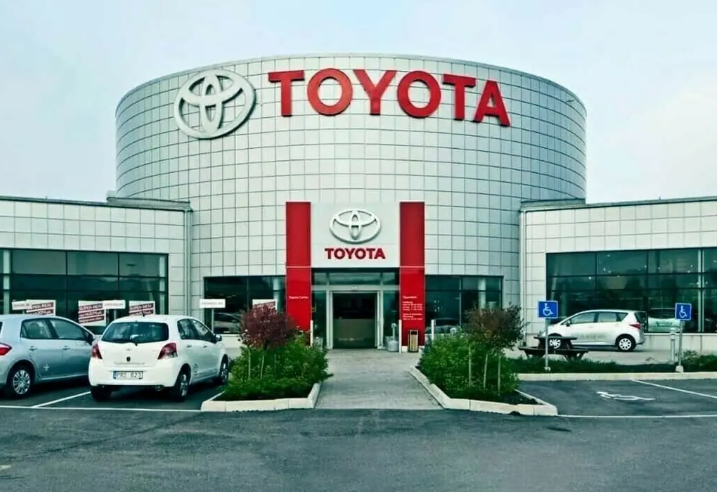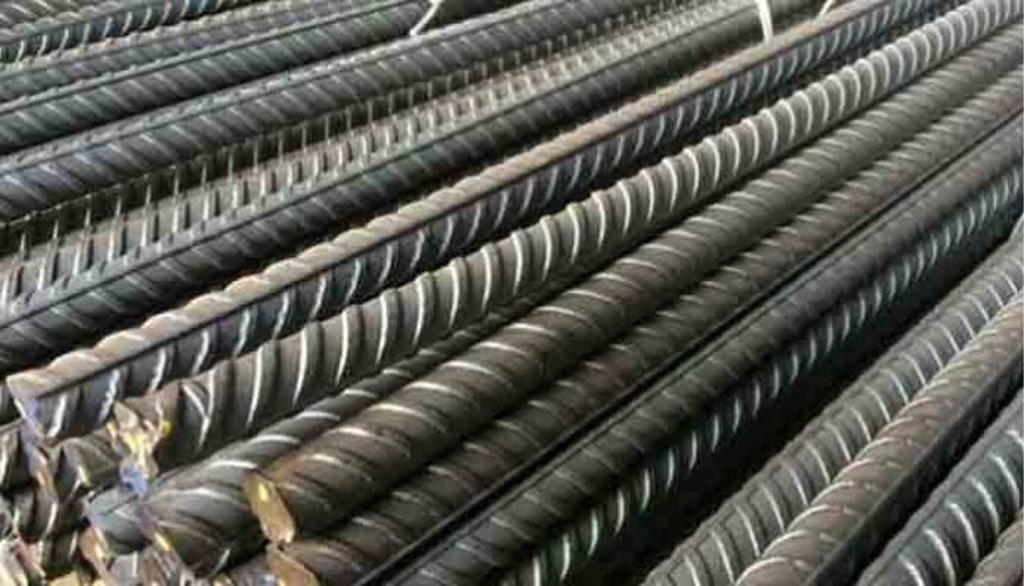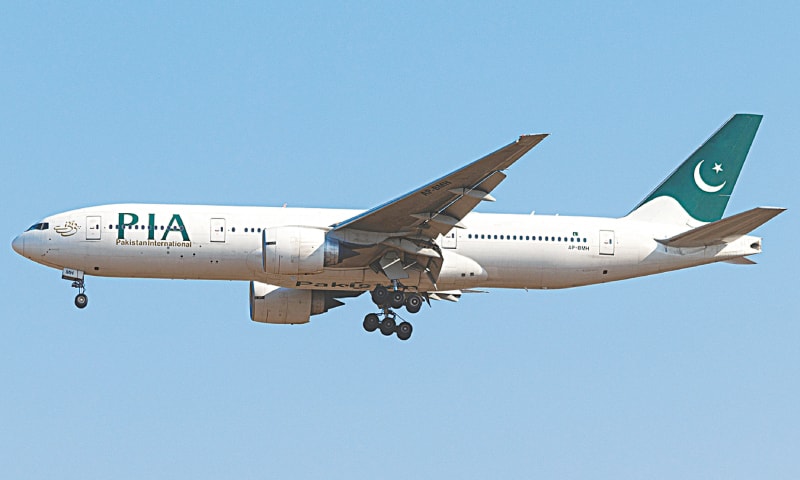PTBP Web Desk
Indus Motor Company Limited (IMC), the assembler of Toyota vehicles in Pakistan, has reported a robust financial performance for the first quarter of fiscal year 2026 (Q1 FY2026). The company achieved a significant year-on-year increase in profit after tax, reflecting its strong operational efficiency and market position.
- Profit After Tax: IMC’s profit after tax for Q1 FY2026 stood at Rs 6.72 billion, marking a 32% increase compared to Rs 5.09 billion in the same period last year.
- Earnings Per Share (EPS): The company’s EPS rose to Rs 85.49, up from Rs 64.77 in Q1 FY2025, indicating improved profitability on a per-share basis.
- Revenue from Customer Contracts: IMC reported a 48% growth in revenue from customer contracts, reaching Rs 61.74 billion, compared to Rs 41.60 billion in the corresponding quarter of the previous year.
- Gross Profit: The company’s gross profit nearly doubled, increasing by 89% to Rs 10.54 billion, up from Rs 5.58 billion in Q1 FY2025.
- Operating Expenses: Distribution, administrative, and other operating expenses collectively rose to Rs 1.63 billion, reflecting a 25% increase from Rs 1.30 billion in the prior year.
- Finance Cost: IMC’s finance cost declined to Rs 49.7 million, down from Rs 61.8 million, indicating effective cost management.
- Other Income: Other income decreased to Rs 2.90 billion, compared to Rs 4.46 billion in the same period last year, primarily due to lower returns on investments and deposits.
- Taxation: The company paid taxes amounting to Rs 4.35 billion, up by 38% from the previous year.
In line with its strong financial performance, IMC declared an interim cash dividend of Rs 51 per share, equivalent to 510% for the quarter ending September 30, 2025. This dividend reflects the company’s commitment to delivering value to its shareholders.
Analysts attribute IMC’s improved profitability to several factors, including a recovery in the automotive sector, easing import restrictions, and a gradual pickup in consumer demand. These developments have positively impacted vehicle sales and contributed to the company’s revenue growth.




